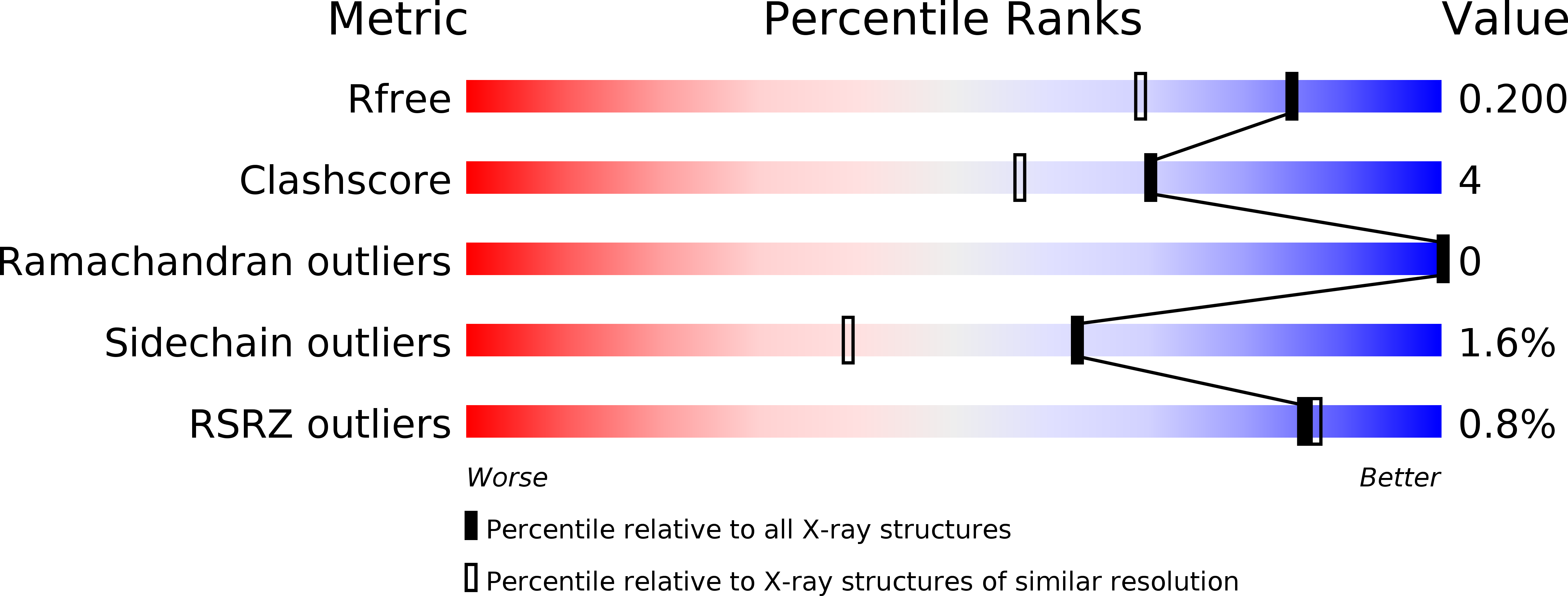
Deposition Date
2019-10-20
Release Date
2020-07-15
Last Version Date
2024-01-24
Entry Detail
PDB ID:
6T70
Keywords:
Title:
Structure of the Bottromycin epimerase BotH in complex with Bottromycin A2 derivative
Biological Source:
Source Organism:
Streptomyces sp. BC16019 (Taxon ID: 1109705)
Host Organism:
Method Details:
Experimental Method:
Resolution:
1.58 Å
R-Value Free:
0.20
R-Value Work:
0.16
R-Value Observed:
0.16
Space Group:
I 2 2 2


